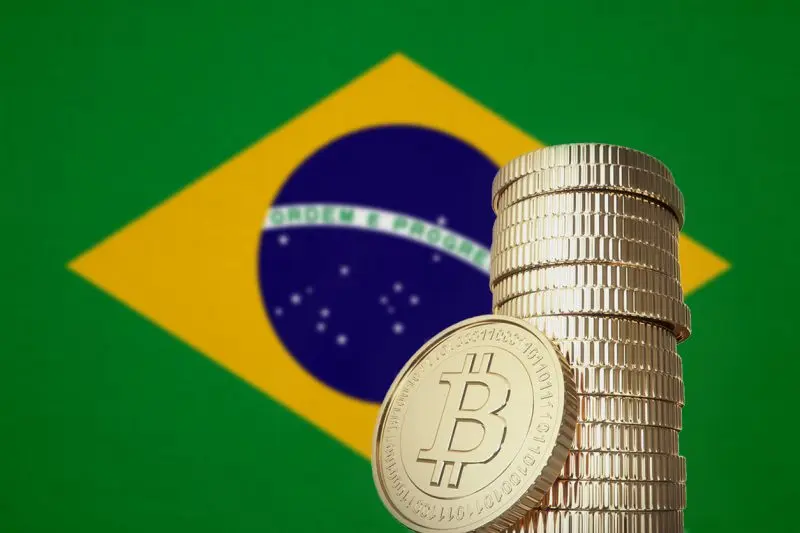
Cardano (ADA), the popular proof-of-stake blockchain network, is experiencing a resurgence in activity with the number of active wallets reaching its highest level since late 2022. This surge coincides with the impending rollout of USDM, a US-regulated stablecoin designed to bolster Cardano’s DeFi (decentralized finance) ecosystem.
Data from Danogo, a Cardano-based decentralized exchange (DEX), reveals that active wallets on the network have surpassed the 600,000 mark for the first time since September 2022. This represents a significant increase from the lows of around 300,000 witnessed in September 2023. Analysts believe this upswing is directly linked to the upcoming launch of USDM, scheduled for later this week.
The introduction of USDM is a watershed moment for Cardano. Stablecoins, cryptocurrencies pegged to a real-world asset like the US dollar, offer stability within the volatile cryptocurrency market. USDM, being US-regulated, could attract a wider range of users, particularly institutional investors, who often shy away from the uncertainties surrounding non-regulated cryptocurrencies.
This increased user base is expected to fuel the growth of Cardano’s DeFi sector. DeFi applications like lending, borrowing, and decentralized exchanges rely heavily on stablecoins to facilitate transactions. With USDM readily available, developers can build innovative DeFi applications on Cardano, creating a more robust and competitive ecosystem.
The excitement surrounding USDM has also impacted the price of ADA. The token recently surpassed the $0.80 resistance level, a significant milestone after trading below it for over 21 months. While a slight correction followed due to broader market fluctuations, the overall sentiment remains positive. Analysts predict that a successful USDM launch could propel ADA towards new highs in the coming months.
However, some experts caution against excessive optimism. The long-term success of USDM hinges on its ability to maintain its peg to the US dollar. Additionally, widespread adoption within the DeFi space will be crucial for its sustained growth.
Regardless of these potential hurdles, the rise in active wallets signifies a renewed interest in Cardano. The USDM rollout presents a unique opportunity for the network to establish itself as a major player in the DeFi arena. With a strong community and a growing ecosystem, Cardano is poised to make significant strides in the ever-evolving world of cryptocurrency.




